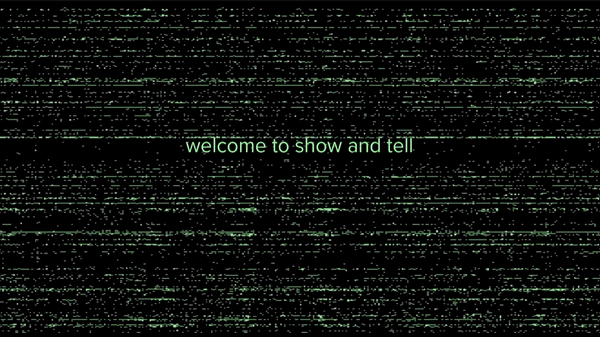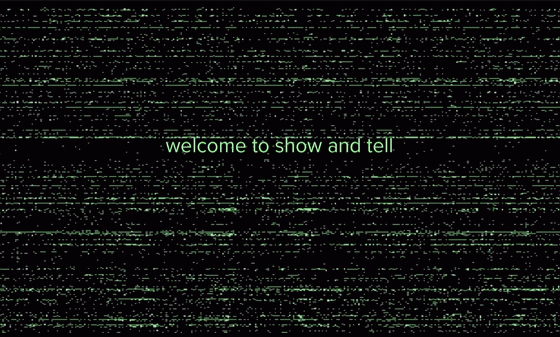Neuralink’s 2022 Show & Tell is about to begin. The event is supposed to update the public on Neuralink’s progress and attract talent to the company.
Teslarati will be closely following the event. Please refresh this page for the latest coverage.
Tesla CEO Elon Musk recently posted about the event and hinted at an exciting update on Neuralink.
In the intro video of Neuralink’s Show and Tell event, Pager the monkey seems to be learning to type words with his mind.
Elon Musk enters the stage and welcomes everyone to the event. Wasting no time at all, Musk dives into Neuralink’s Show and Tell, starting with the company’s goals. Neuralink’s goal is to make a generalized I/O interface for the brain that could help people with debilitating conditions.
Musk hints that some of the topics covered during the event will reach an esoteric level. He reaffirms that Neuralink is confident that its device will help people suffering with brain injuries along the way to bridging the gap between computers and the human brain.
“We are confident that this point we will succeed at solving many brain injury issues spine injury issues along the way,” he said.
Musk shows a video of Pager playing “Monkey Mind Pong.” The video was released about 18 months ago. The Tesla CEO emphasizes that Neuralink’s device is not outwardly obvious to others.
Pager initially learned to play Pong with a joystick. Neuralink later took the joystick away and had Pager play Pong with his mind though Neuralink’s device.
Human Trials
Musk reminds the audience that going from prototype to production is difficult and has many challenges. Neuralink has been working hard to start human trials. The company has submitted all the papers needed to start human trials to the FDA. Musk estimates that the first Neuralink device could be inside the human brain in 5-6 months.
Elon Musk emphasizes that Neuralink treats its animal subjects with respect. The company does extensive benchmark tests before implanting a Neuralink device into an animal.
Another Neuralink monkey, Sake, is typing with his brain. Sake spelled out the Neuralink event’s welcome tag: “Welcome to show and tell.”
Neuralink Upgradeability
Both Sake and Pager have successfully implanted with Neuralink’s upgraded device.
“Upgradeability is very important because our first production device will be much like an iPhone 1 and pretty sure you would not want an iPhone 1 stuck in your head if the iPhone 14 is available,” Elon Musk.
Neuralink Application
Elon Musk says that Neuralink can restore vision, even on someone who was born blind. The company is also confident that the Neuralink device can restore full functionality to a severed spinal cord.
Recruitment
“If you have expertise in creating advanced devices, like watches and computers, then your abilities will be of great use in solving these problems,” Musk said.
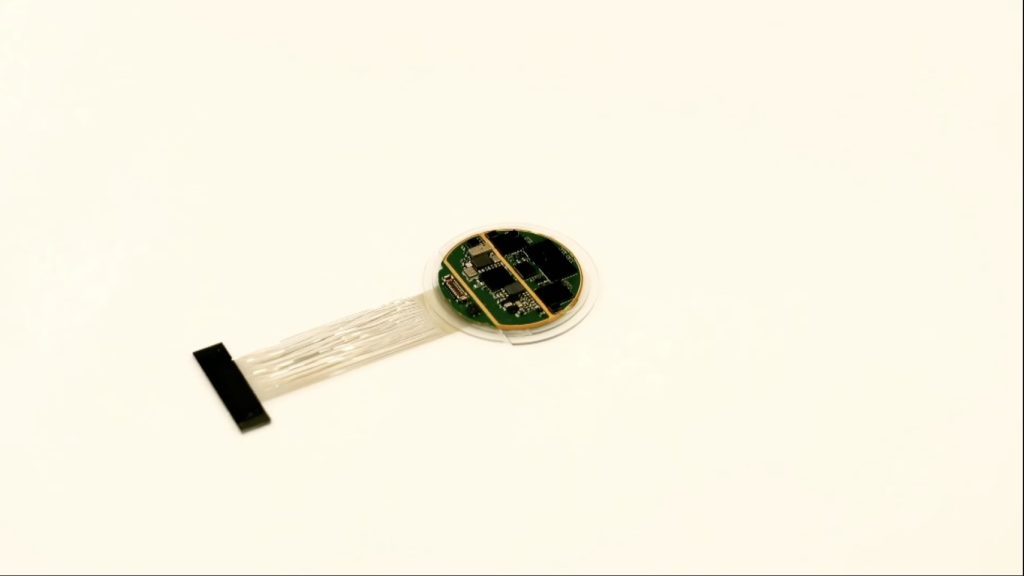

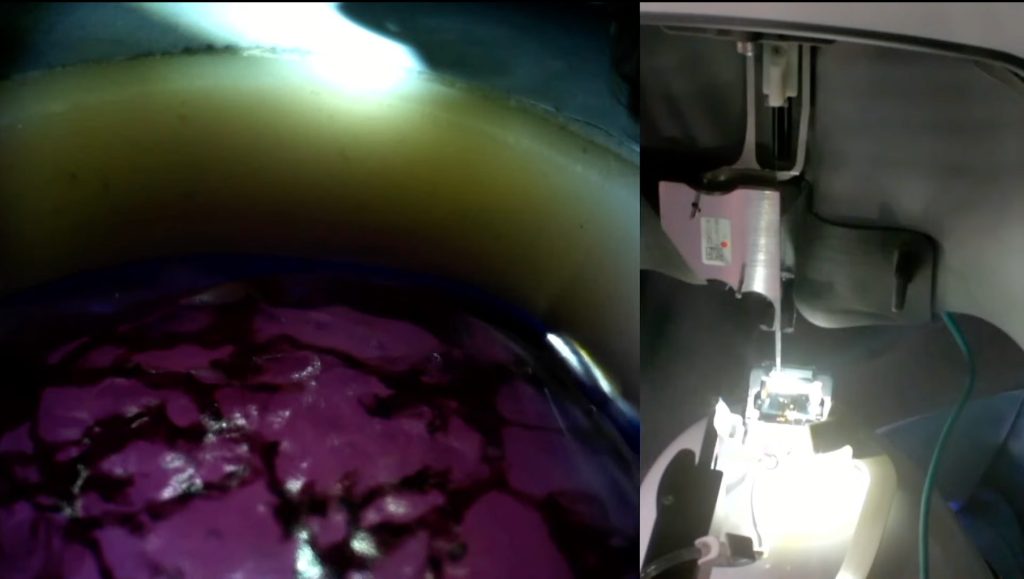
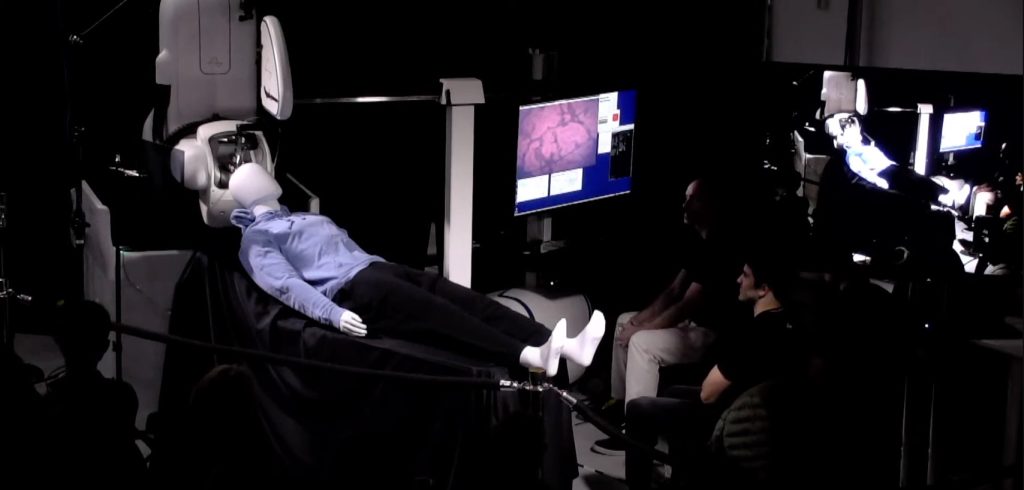
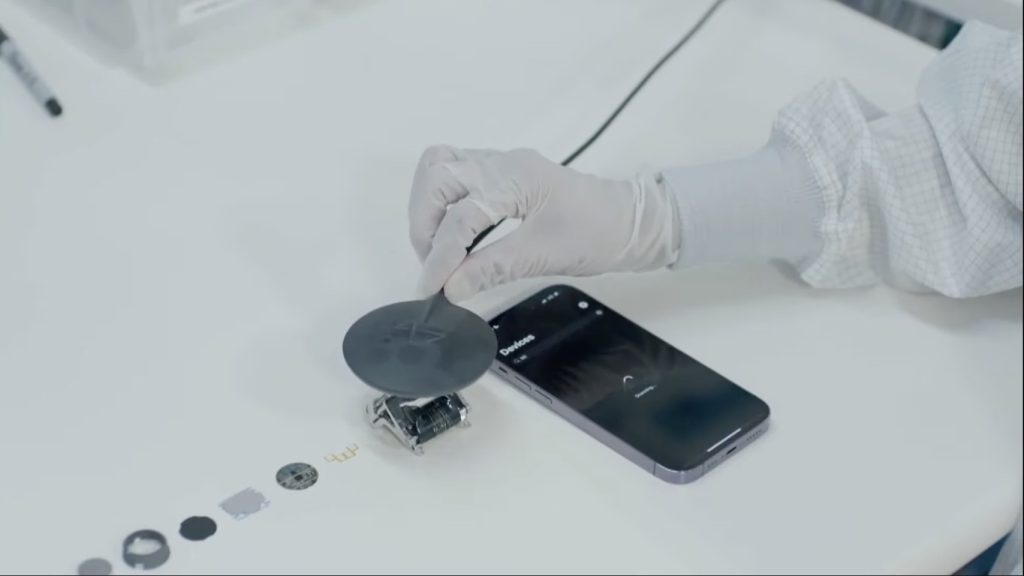
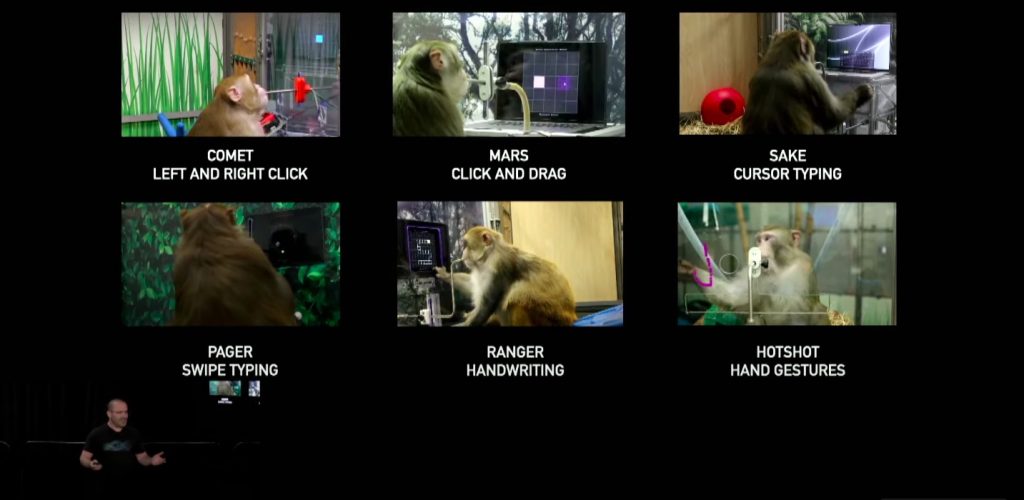
Neuralink Implant and Surgical Robot
Elon Musk passes the baton to DJ, who has been at Neuralink since the beginning. DJ talks about creating a high bandwidth generalized interface to the brain. He talks about safety, scalability and access to brain regions, the three pillars to get high bandwidth generalized interface to the brain.
DJ talks about the Neuralink implant (the N1) with thin threads N1 implant is about the size of a quarter. It has 1,024 channels that are capable of recording and stimulating.
He also talks about Neuralink’s surgical robot (the R1 Robot) that will help implant the company’s device into the brain. Neuralink does a live demo of the R1 robot at work with dummy patient Alpha.
Neuralink has a double operating room (OR) in Austin. The company plans to establish its own clinic in the future.
“Neuralink’s been working closely with the FDA to get approval to launch its first clinical human trial in the US hopefully in the next 6 months,” noted DJ.
Neuralink Software
Neuralink has been working on improving cursor speed and accuracy since 2021. The speed and accuracy has improved, but Neuralink is still working on improving it. The company is also working on a mouse and keyboard interfaces to work with Neuralink N1.
Neuralink is training monkeys to write so it can get rid of digital keyboards and increase the typing rate when patients use the N1 implant to write with their minds.
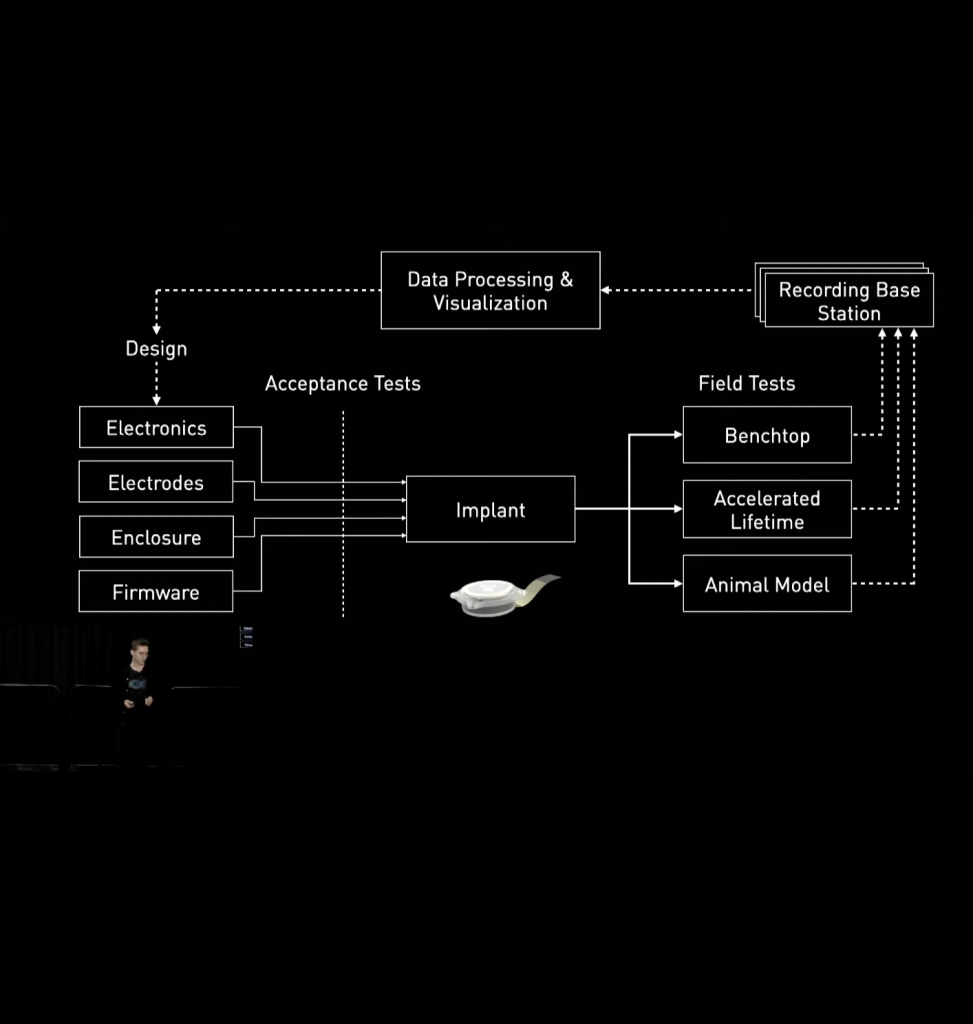
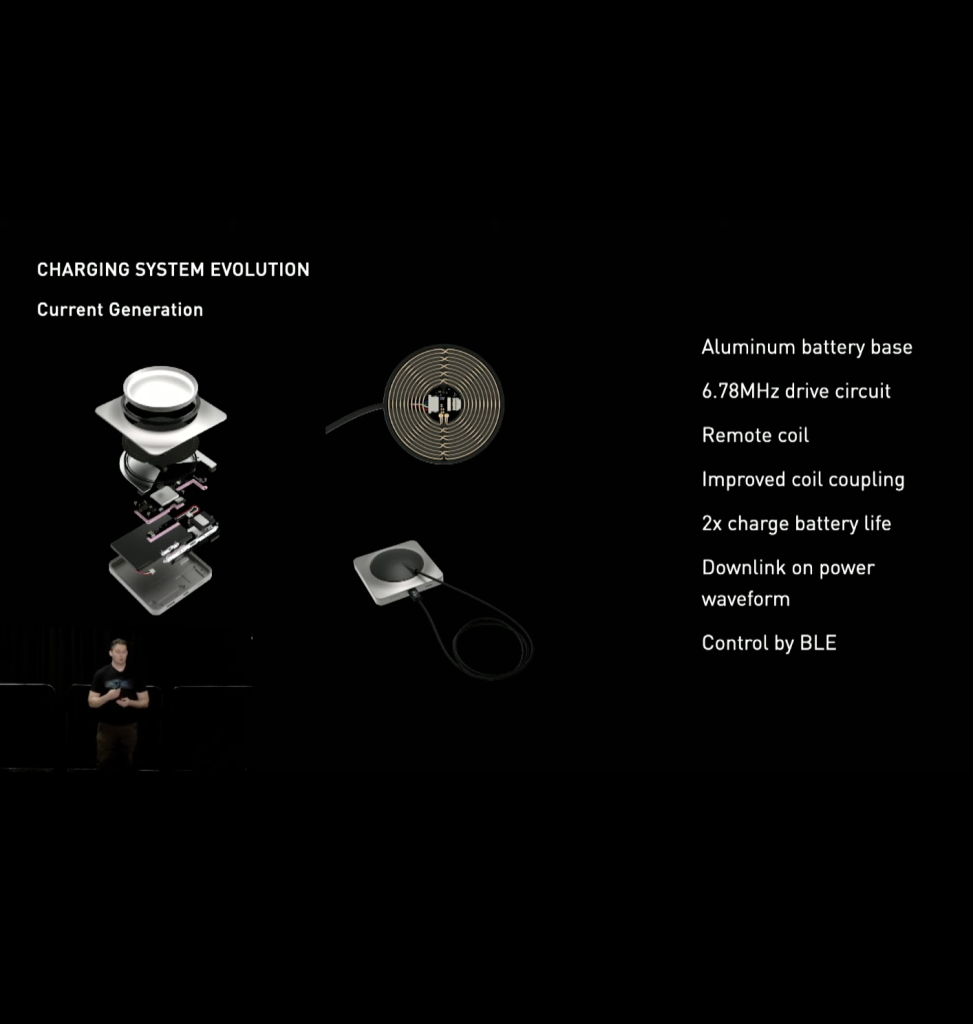
Neuralink N1 Charging
Neuralink has improved the battery of the N1 since its last event. The new charger is uses an Aluminum battery base with 6.78 MHz drive circuit for double the battery life.. Neuralink charges the N1 implant wirelessly.
Neuralink is working on a third generation charger with a bidirectional near field communication.
Neuralink N1 Development
N1 contains a small micro processor. Neuralink conducts hill tests on the N1. Testing became a bottleneck so the team created a new system, allowing it to rapidly test new hardware in the N1 implant, greatly accelerating its development.
Neuralink has developed its own system to rigorously test its implant designs.
R1 Robot Development
Nueralink’s R1 robot will help neurosurgeons implant the N1 chip. As the company continues to improve the R1 robot, it will perform more of the surgery. Neuralink developer, Christine, explained that the R1 robot could make the N1 implant surgery more affordable in the future.
Neuralink Next Generation Application
Dan explains the Neuralink’s potential capability to restore eyesight. Neuralink inserted the N1 into the visual cortex of two monkeys named Code and Dash. By observing Code and Dash, Neuralink can record the receptive fields of their visual fields.
“Our goal will be to turn the lights on for someone who spent decades living in the dark,” said Dan.
After Dan, Joey comes up to talk about Neuralink’s application for people with severed spinal cords. Neuralink has conducted tests showing that it can stimulate movement in animals through multiple implants: the N1 in the brain and implants in the spinal cord.
Elon Musk comes back on stage joined by the Neuralink team to answer questions.
Question Round
Elon Musk states that Neuralink does plan to provide some of its research and technology to research universities and hospitals after receiving FDA approval.
Musk says that Neuralink would consider open-sourcing its data sets. The company could publish them on its website.
Neuralink is working on making the electrode of the N1 implant smaller to prevent scar tissue and inflammation response.
Elon Musk hints that the N1 chip might be able to detect health conditions or monitor people’s health status in the future.
Neuralink is focusing on improving the longevity of the N1 device’s threads at the moment. However, the company appears determined to continue improving the N1 implant with no end date in sight.
Neuralink monkeys adapt and learn to utilize the N1 chip fairly quickly.
“Right now we’re just guessing at a lot about what’s going on in the brain. But if you have direct I/O, there’s no more guessing. What we will learn about the brain with such a device–in wide use–is many orders of magnitude than we currently understand,” Musk said, ending the Neuralink event on that note.
Below is the link to the livestream.

News
Tesla (TSLA) receives “Buy” rating and $551 PT from Canaccord Genuity
He also maintained a “Buy” rating for TSLA stock over the company’s improving long-term outlook, which is driven by autonomy and robotics.

Canaccord Genuity analyst George Gianarikas raised his Tesla (NASDAQ:TSLA) price target from $482 to $551. He also maintained a “Buy” rating for TSLA stock over the company’s improving long-term outlook, which is driven by autonomy and robotics.
The analyst’s updated note
Gianarikas lowered his 4Q25 delivery estimates but pointed to several positive factors in the Tesla story. He noted that EV adoption in emerging markets is gaining pace, and progress in FSD and the Robotaxi rollout in 2026 represent major upside drivers. Further progress in the Optimus program next year could also add more momentum for the electric vehicle maker.
“Overall, yes, 4Q25 delivery expectations are being revised lower. However, the reset in the US EV market is laying the groundwork for a more durable and attractive long-term demand environment.
“At the same time, EV penetration in emerging markets is accelerating, reinforcing Tesla’s potential multi‑year growth runway beyond the US. Global progress in FSD and the anticipated rollout of a larger robotaxi fleet in 2026 are increasingly important components of the Tesla equity story and could provide sentiment tailwinds,” the analyst wrote.
Tesla’s busy 2026
The upcoming year would be a busy one for Tesla, considering the company’s plans and targets. The autonomous two-seat Cybercab has been confirmed to start production sometime in Q2 2026, as per Elon Musk during the 2025 Annual Shareholder Meeting.
Apart from this, Tesla is also expected to unveil the next-generation Roadster on April 1, 2026. Tesla is also expected to start high-volume production of the Tesla Semi in Nevada next year.
Apart from vehicle launches, Tesla has expressed its intentions to significantly ramp the rollout of FSD to several regions worldwide, such as Europe. Plans are also underway to launch more Robotaxi networks in several more key areas across the United States.
News
Waymo sues Santa Monica over order to halt overnight charging sessions
In its complaint, Waymo argued that its self-driving cars’ operations do not constitute a public nuisance, and compliance with the city’s order would cause the company irreparable harm.

Waymo has filed a lawsuit against the City of Santa Monica in Los Angeles County Superior Court, seeking to block an order that requires the company to cease overnight charging at two facilities.
In its complaint, Waymo argued that its self-driving cars’ operations do not constitute a public nuisance, and compliance with the city’s order would cause the company irreparable harm.
Nuisance claims
As noted in a report from the Los Angeles Times, Waymo’s two charging sites at Euclid Street and Broadway have operated for about a year, supporting the company’s growing fleet with round-the-clock activity. Unfortunately, this has also resulted in residents in the area reportedly being unable to sleep due to incessant beeping from self-driving taxis that are moving in and out of the charging stations around the clock.
Frustrated residents have protested against the Waymos by blocking the vehicles’ paths, placing cones, and “stacking” cars to create backups. This has also resulted in multiple calls to the police.
Last month, the city issued an order to Waymo and its charging partner, Voltera, to cease overnight operations at the charging locations, stating that the self-driving vehicles’ activities at night were a public nuisance. A December 15 meeting yielded no agreement on mitigations like software rerouting. Waymo proposed changes, but the city reportedly insisted that nothing would satisfy the irate residents.
“We are disappointed that the City has chosen an adversarial path over a collaborative one. The City’s position has been to insist that no actions taken or proposed by Waymo would satisfy the complaining neighbors and therefore must be deemed insufficient,” a Waymo spokesperson stated.
Waymo pushes back
In its legal complaint, Waymo stated that its “activities at the Broadway Facilities do not constitute a public nuisance.” The company also noted that it “faces imminent and irreparable harm to its operations, employees, and customers” from the city’s order. The suit also stated that the city was fully aware that the Voltera charging sites would be operating around the clock to support Waymo’s self-driving taxis.
The company highlighted over one million trips in Santa Monica since launch, with more than 50,000 rides starting or ending there in November alone. Waymo also criticized the city for adopting a contentious strategy against businesses.
“The City of Santa Monica’s recent actions are inconsistent with its stated goal of attracting investment. At a time when the City faces a serious fiscal crisis, officials are choosing to obstruct properly permitted investment rather than fostering a ‘ready for business’ environment,” Waymo stated.
News
Tesla FSD v14.2.2 is getting rave reviews from drivers
So far, early testers have reported buttery-smooth drives with confident performance, even at night or on twisty roads.

Tesla Full Self-Driving (Supervised) v14.2.2 is receiving positive reviews from owners, with several drivers praising the build’s lack of hesitation during lane changes and its smoother decision-making, among others.
The update, which started rolling out on Monday, also adds features like dynamic arrival pin adjustment. So far, early testers have reported buttery-smooth drives with confident performance, even at night or on twisty roads.
Owners highlight major improvements
Longtime Tesla owner and FSD user @BLKMDL3 shared a detailed 10-hour impression of FSD v14.2.2, noting that the system exhibited “zero lane change hesitation” and “extremely refined” lane choices. He praised Mad Max mode’s performance, stellar parking in locations including ticket dispensers, and impressive canyon runs even in dark conditions.
Fellow FSD user Dan Burkland reported an hour of FSD v14.2.2’s nighttime driving with “zero hesitations” and “buttery smooth” confidence reminiscent of Robotaxi rides in areas such as Austin, Texas. Veteran FSD user Whole Mars Catalog also demonstrated voice navigation via Grok, while Tesla owner Devin Olsen completed a nearly two-hour drive with FSD v14.2.2 in heavy traffic and rain with strong performance.
Closer to unsupervised
FSD has been receiving rave reviews, even from Tesla’s competitors. Xpeng CEO He Xiaopeng, for one, offered fresh praise for FSD v14.2 after visiting Silicon Valley. Following extended test drives of Tesla vehicles running the latest FSD software, He stated that the system has made major strides, reinforcing his view that Tesla’s approach to autonomy is indeed the proper path towards autonomy.
According to He, Tesla’s FSD has evolved from a smooth Level 2 advanced driver assistance system into what he described as a “near-Level 4” experience in terms of capabilities. While acknowledging that areas of improvement are still present, the Xpeng CEO stated that FSD’s current iteration significantly surpasses last year’s capabilities. He also reiterated his belief that Tesla’s strategy of using the same autonomous software and hardware architecture across private vehicles and robotaxis is the right long-term approach, as it would allow users to bypass intermediate autonomy stages and move closer to Level 4 functionality.
